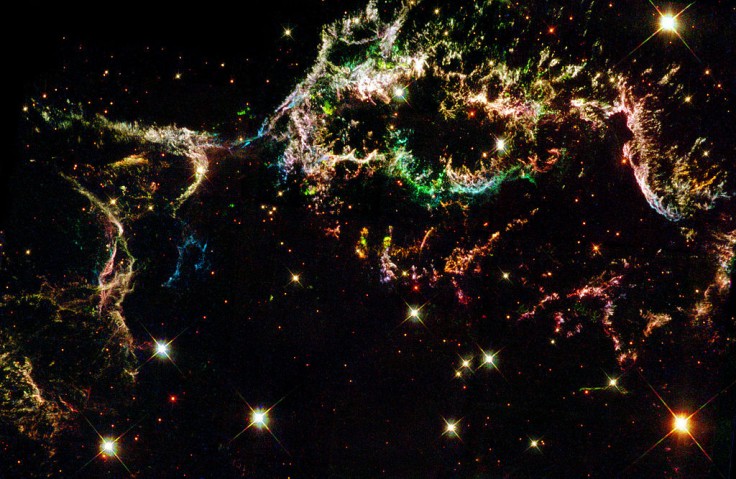
Investigations on the NASA Hubble Space Telescope, which is unfortunately still on safe mode, are currently ongoing. However, the issue didn't stop the space observatory from capturing a new and mysterious celestial phenomenon.
Hubble recently tweeted two major updates on its social media page. First, the operations team is still checking the issue on Hubble's science instruments, which entered safe mode last October 25. Second is the recent discovery of the emission nebula N44.
Hubble Glitch and Issues: Still in Safe Mode
According to NASA, researchers are puzzled over the recent Hubble Space Telescope glitch. Its science instruments repeatedly issued message synchronization problems despite remaining in good health.
The Hubble operations team is continuing work to resolve the issue that caused Hubble’s science instruments to enter safe mode Oct. 25.
— Hubble (@NASAHubble) November 1, 2021
They are analyzing existing data and collecting additional data to further isolate and address the issue. https://t.co/euehW9keEe
Hubble issued its first error codes at 1:46 AM EDT on October 23. It indicated "loss of a specific synchronization message," which is used to communicate information regarding data requests and commands. The mission team resolved the problem by resetting the science instruments, and Hubble promptly resumed its science operation the following morning.
However, on 2:38 AM EDT October 25, Hubble issued another error code from its science instruments. It complained the same issue about "multiple losses of synchronization messages." Perhaps it got worse because the science instruments autonomously entered safe mode afterward.
Reportedly, mission team members are evaluating the spacecraft data and system diagrams to learn more about the synchronization issues. The team also expressed their plans to develop, test, and collect additional data from the spacecraft. The whole process would take at least one week. Unfortunately, this means that many operational activities might be suspended in the maintenance period.
NASA Hubble Telescope Pictures and Videos: A Mysterious Superbubble
Despite the system glitch, Hubble continues to bring amazing images from space/
One of Hubble's most exciting discoveries is the N44, an emission nebula filled with glowing hydrogen gas, dark lanes of dust and massive stars. Most notable is its dark starry gap in the middle, which researchers called a "superbubble." Hubble's social media page tweeted the image:
There’s nothing like a good stellar mystery 🤔
— Hubble (@NASAHubble) November 2, 2021
In this newly released Hubble image of N44, a dark, starry gap spans about 250 light-years and its presence remains unexplained. Uncover more about this image: https://t.co/nEb1sbKyPn#NebulaNovember pic.twitter.com/RkR3q6W4Ba
NASA explained a few interesting highlights of the discovery. N44 is an emission nebula, so it is rich in gas that has been energized or ionized by the rotation of nearby stars. When this ionized gas begins to cool, it emits energy in the form of light, which is the main cause of its blue-like glow. The whole nebula spans approximately 1,000 light-years and is located 170,000 light-years away from Earth.
Now, notice the big hole in the middle. The hole is approximately 250 light-years wide and contains a lot of massive stars in the middle. Up to date, NASA researchers are actually puzzled by this open gap. They have no concrete explanation as to how it had happened.
Some researchers theorized that it could have been stellar winds expelled by massive stars, but notably, the bubble's interior has an irregular shape. Another theory proposed the remnants of an old supernova creating the shell. Astronomers said that some of the stars at the bubble's rim had a 5-million-year age difference between them, further supporting the latter theory.
Related Article: NASA SpaceX Crew-3 Mission Launch Time, Date, Astronauts: Where to Watch Rocket Takeoff After Big Delay









